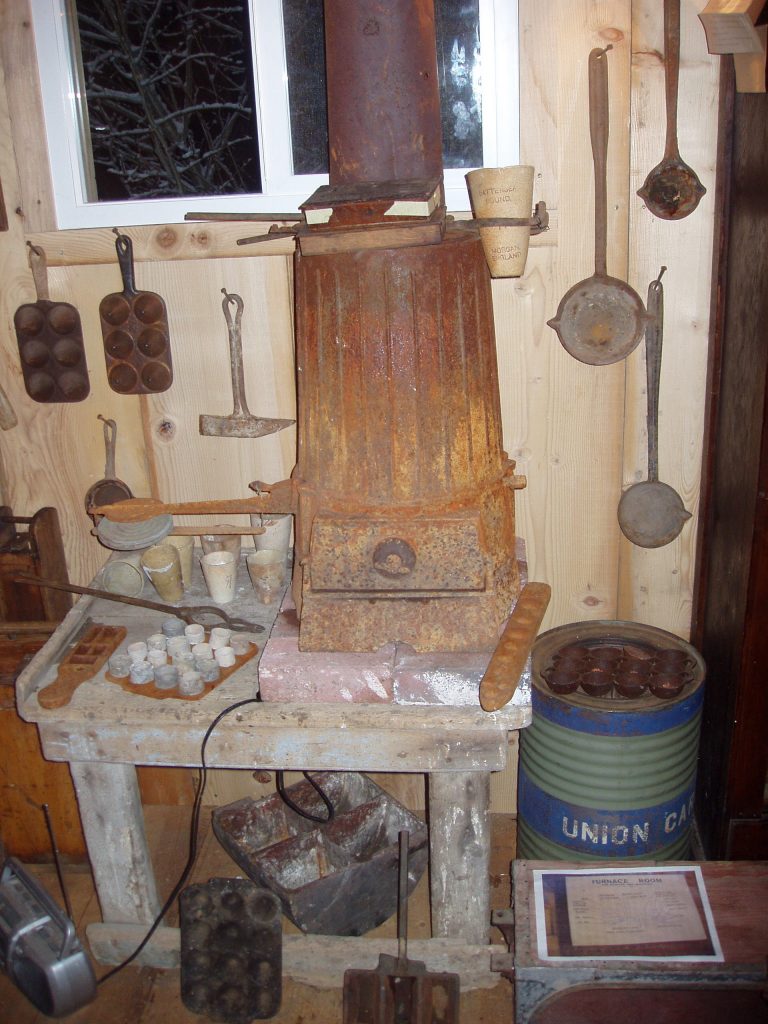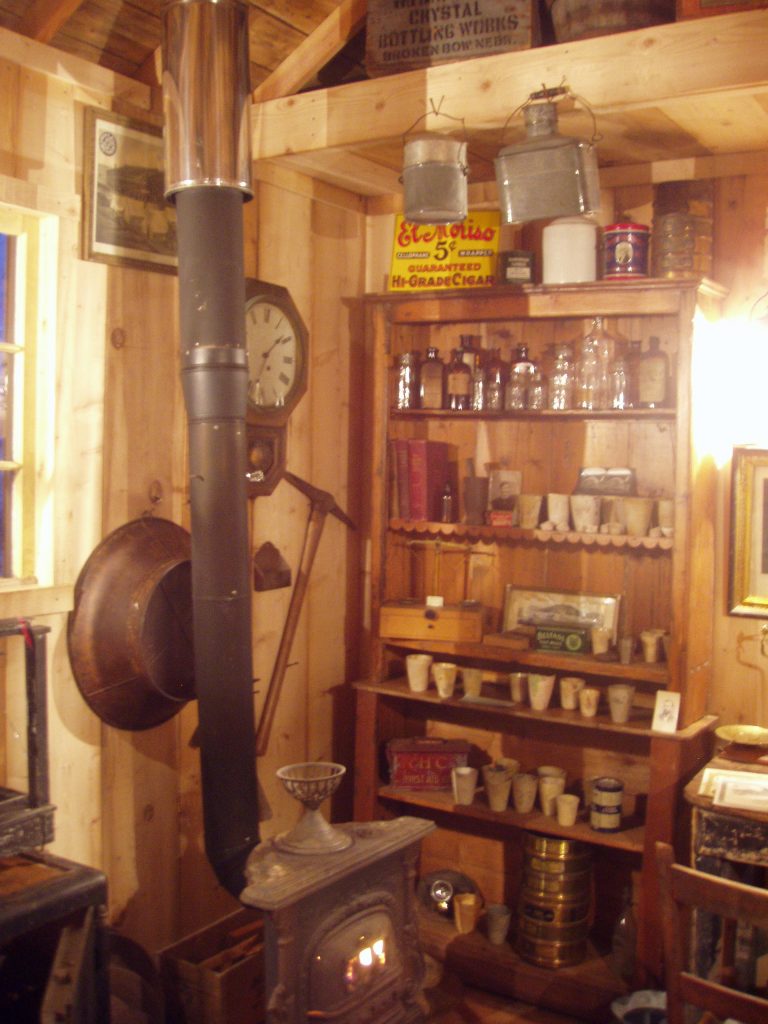During the gold rush, the first step in determining the value of ore specimens was their delivery by the prospectors, miners or investors to the assayer. Assayers would perform a variety of procedures to determine how much gold or silver was in each sample entrusted to them. Their report determined whether a claim was worth working and what a gold mine was worth. The Assay Office is filled with authentic assaying equipment and memorabilia from the California Gold Rush. The W. Dangerfield Shepherd Assay Office is named after Cheryl’s great grandfather, who was an assayer in the late 1800s.
















